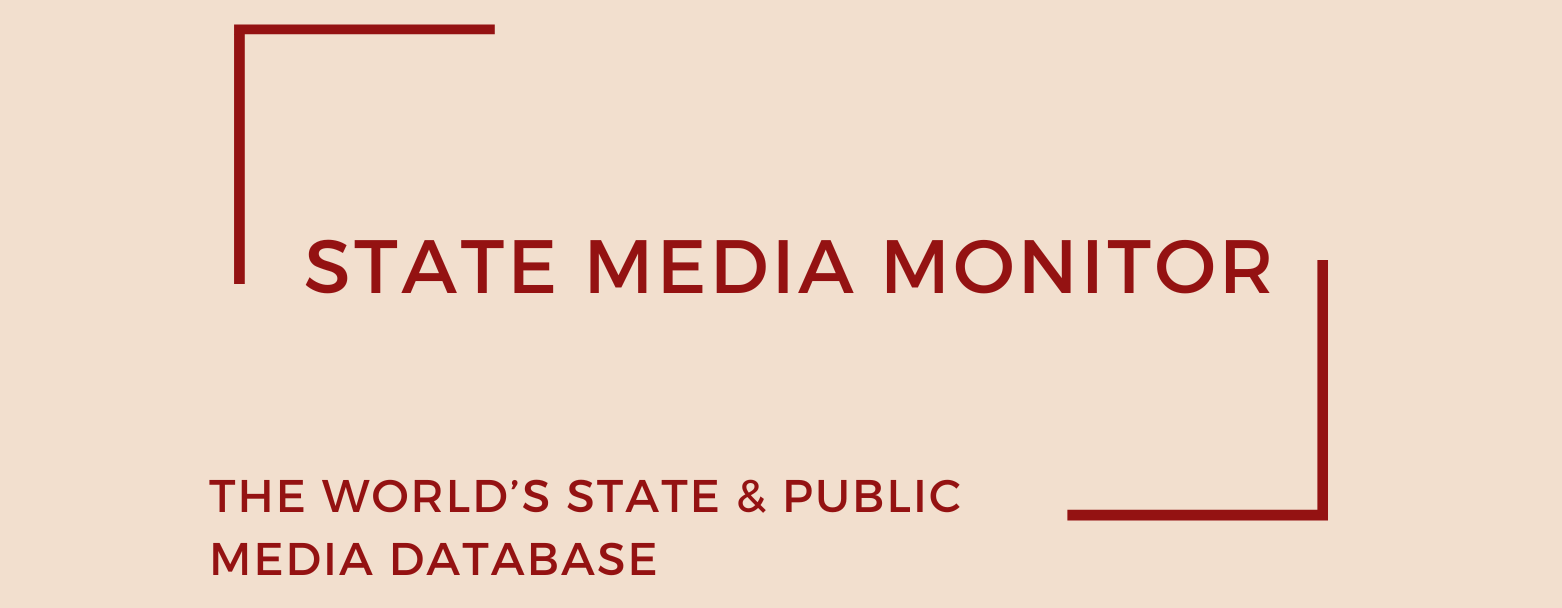Media asset
Television: Yemen TV (run by Presidential Leadership Council), Yemen TV (run by Supreme Political Council)
State Media Matrix Typology: State-Controlled (SC)
The Yemeni Civil War, which began in 2014 and opposes the government led by Abdrabbuh Mansur Hadi and the Houthis, an Islamic armed movement, has had a massive impact on the Yemeni media. In a country ravaged by war where both fighting factions (and some others) claim to be the official government, it is extremely difficult for journalists to operate independently. All of them are used as instruments of one of the parties in the war.
The media sector has transitioned from a period of harsh restrictions imposed by former President Ali Abdullah Saleh (when journalists at least understood the limits within which they could operate) to a time of chaotic infighting, during which the red lines that journalists are not allowed to cross have expanded.
The situation worsened the most in 2014-2015 when the Houthis occupied the capital city of Sanaa and bolstered their positions elsewhere in the country as they challenged the Hadi presidency. As a result, many of the media outlets that supported President Hadi had been attacked, and many eventually had to shut down. Journalists who continued to report suffered undesired consequences. Examples of journalists who disappeared have proliferated.
In such an environment, the journalists who continued doing their jobs practically accepted being part of a propaganda game (which is what the entire Yemeni media sector is at the moment) where they have to choose a position with or against the local government or militias controlling the areas where they live. Since the start of the war, a large number of journalists have stopped working, either by changing their activity or leaving the country.
Given the extreme political instability in Yemen following nearly six years of bloody confrontations between the government of Abdrabbuh Mansur Hadi and the Houthi movement, the status of the media in Yemen is changing rapidly, depending on who gets to control the media outlets.
All media in Yemen today are in a dire state, relying almost entirely on financing from one of the parties in the conflict. In such an environment (a classic example of a failed state), classifying Yemeni state media is an extremely complex process. At first sight, all media outlets in Yemen are politically backed. However, agreeing on what constitutes state control is almost disputable in Yemen simply because the country doesn’t have an internally accepted government (a situation similar to Libya).
Hence, our database includes media outlets controlled by both the Houthi government (Supreme Political Council), which now plays the function of the government in Yemen but internationally remains largely unrecognized, and the Presidential Leadership Council (PLC), formed on 7 April 2022 by a presidential decree in Riyadh (Saudi Arabia), with backing from the Saudi Arabian government and recognized by the United Nations (it is successor of the former President Hadi government, which was also internationally recognized).
The situation is getting even more complicated as some media outlets appear in copycat versions. One such channel is Yemen TV, a state-controlled media outlet, which appears in two versions: one channel run from Sanaa by the Houthis and one channel run from Riyadh in neighboring Saudi Arabia by the Presidential Leadership Council. Both versions of Yemen TV are institutions fully funded, governed, and editorially controlled by their protecting government.
Also known as Channel One, Yemen TV was established in 1975 in what was then North Yemen. It broadcasts from Sana’a and is the government’s flagship channel. In early 2015, Houthi militants seized the Yemen TV offices and began broadcasting pro-Houthi content. In response, President Hadi, initially operating from Saudi Arabia, established a satellite channel under the same name and logo, broadcasting pro-government content, and it has been televised on-air from Saudi Arabia since 2015.
July 2024
